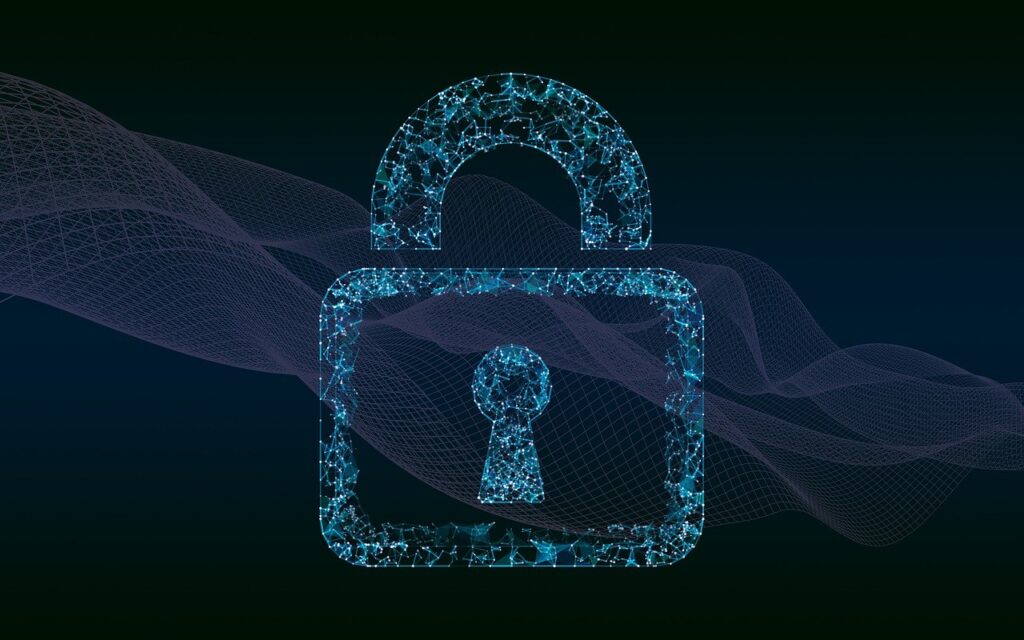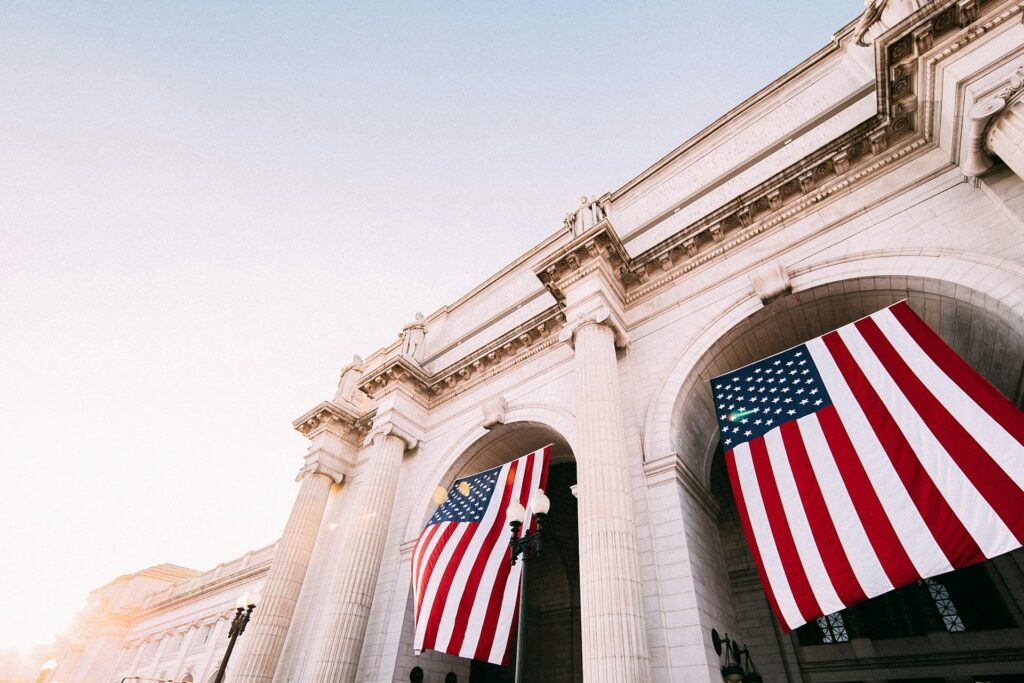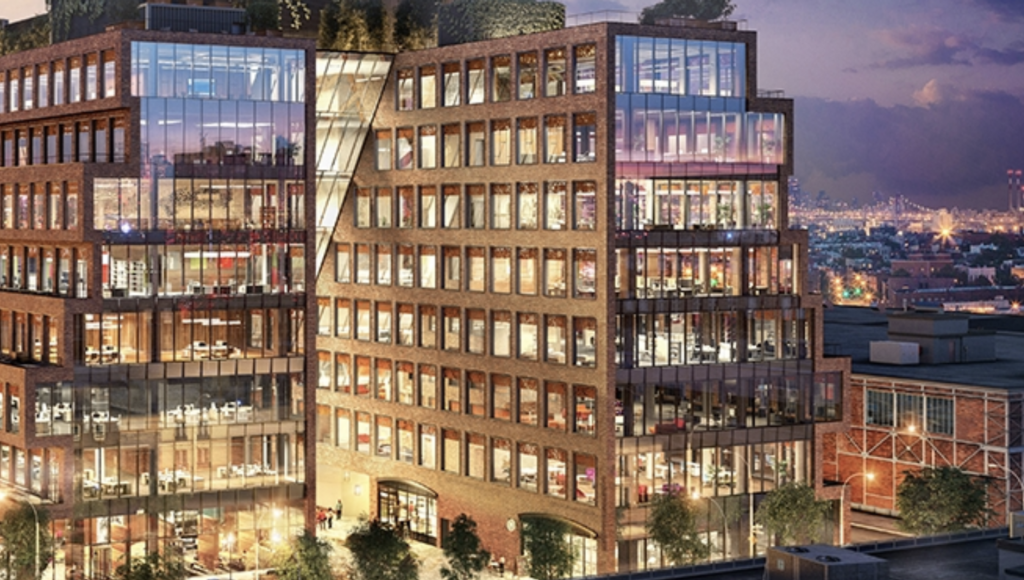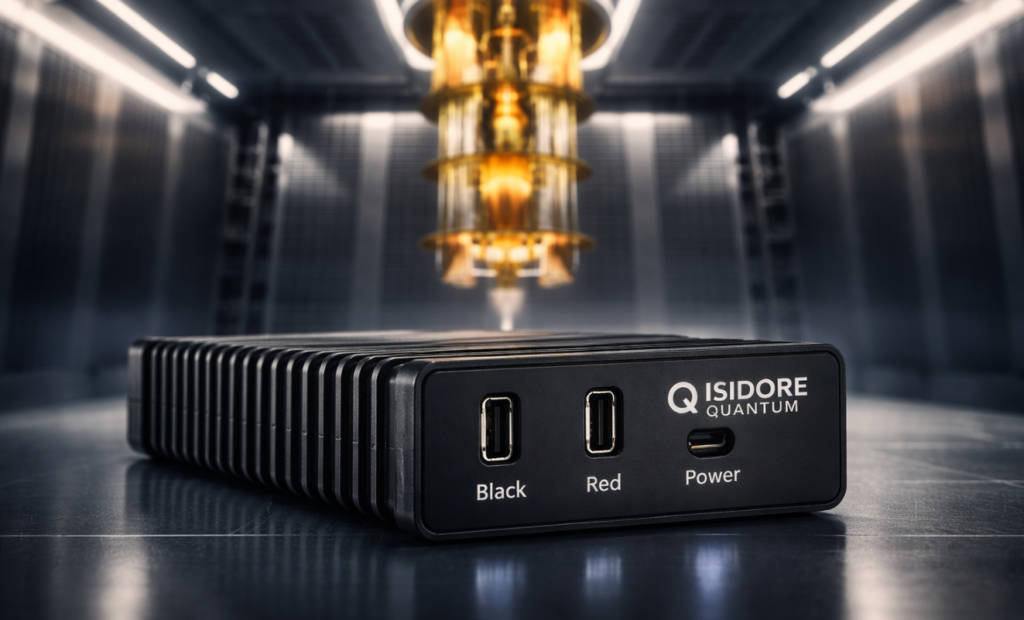Insider Brief:
- Researchers from the University of Pisa developed a quantum subroutine to improve matrix multiplication.
- The quantum subroutine encodes matrix multiplication results directly into a quantum state, allowing additional calculations without intermediate measurements.
- Key applications include detecting outliers in machine learning through variance calculations and solving eigenvalue problems in scientific computing, both of which benefit from the subroutine’s efficiency in handling large datasets.
In a recent study published in IEEE Access, a team of researchers from the University of Pisa introduced a quantum subroutine designed to streamline matrix multiplication. This subroutine is a new feature in the toolbox of matrix multiplication that could improve computational efficiency, particularly in applications like machine learning and data processing.
It’s A Matrix World And We’re Just Living In It

As noted by the study, Matrix multiplication is a central operation in fields such as machine learning, scientific computing, and computer vision due to its role in handling large datasets, training algorithms, and solving complex equations. In machine learning, matrix multiplication is used for operations such as transforming input data, training neural networks, and calculating gradients in optimization tasks. In scientific computing, it helps solve systems of linear equations and performs data compression, while in computer vision, it supports image processing tasks such as filtering and transformations.
As data volumes grow, classical methods for matrix multiplication face challenges with scalability and efficiency. Larger datasets increase the computational load, requiring more time and resources–money. Traditional algorithms, which scale cubically with the size of matrices, become prohibitively slow as matrices grow, especially in high-dimensional data spaces.
The team from Pisa proposed a quantum subroutine that encodes matrix multiplication results in a quantum state, which has the potential to provide an exponential speed-up over classical techniques by relying on quantum parallelism and superposition, making it a more effective solution for large-scale data operations.
Key Features and Advantages of the Quantum Subroutine
Unlike traditional matrix multiplication algorithms, the quantum subroutine proposed in the study encodes the matrix product directly into a quantum state, meaning the result is stored in the quantum system itself rather than needing to be extracted step by step. According to the study, this feature allows additional calculations to be performed within the same quantum circuit without stopping to measure intermediate results. This eliminates the need for time-consuming data retrieval, ultimately streamlining the process.
One of the key practical advantages of this method is that it enables the calculation of complex mathematical functions, like variance or eigenvalues, directly from the quantum state. These functions, like variance and eigenvalues, are used in many large-scale applications. In machine learning, for instance, calculating the variance of a matrix can help in the detection of outliers which serves improving model accuracy. Eigenvalue computations are relevant for principal component analysis, a technique for reducing the dimensionality of large datasets and improving computational efficiency while still maintaining important features of the data.
In scientific computing, eigenvalue problems occur in quantum mechanics, fluid dynamics, and structural analysis. For example, eigenvalues are used to determine the stability of physical systems or to simulate physical phenomena such as the vibration modes of a structure. When these operations involve large-scale matrices, classical methods become inefficient, but the quantum subroutine proposed in the study may speed up these calculations, making it possible to handle far larger datasets and simulations with greater accuracy and less computational overhead.
Quiet Innovations, Profound outcomes
As quantum computing continues to evolve, its applications may not always be immediately apparent. Subtle advancements, like the quantum subroutine in this study, have the potential to quietly reshape how complex tasks are approached. By enabling processes such as matrix multiplication to be performed at a new scale and speed, quantum technologies may open the door to solving problems that were previously out of reach, particularly in fields like machine learning, artificial intelligence, and scientific computing.
Contributing authors on the study include Anna Bernasconi, Alessandro Berti, Gianna Maria Del Corso, and Alessandro Poggiali.

















